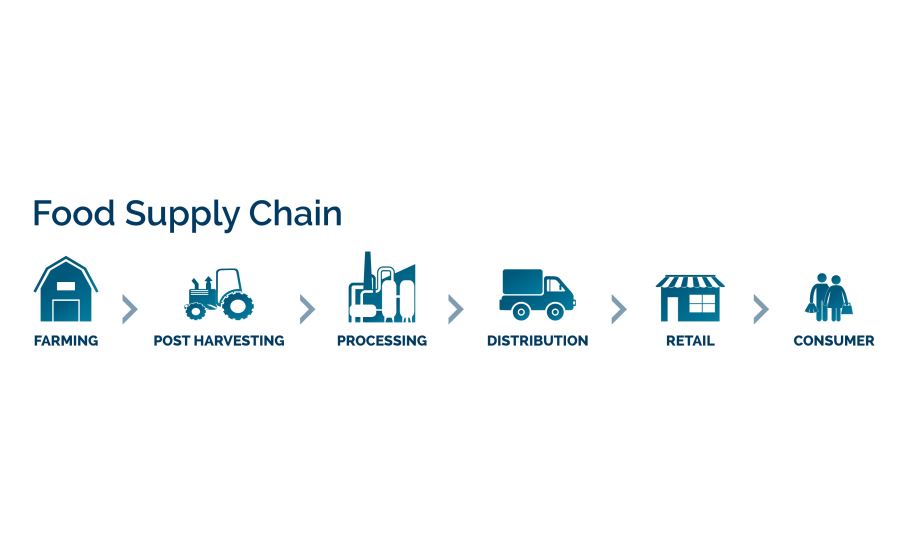By Charles Dhewa
When your favourite indigenous fruits are in season, take a few samples and keep in the freezer for six months to a year and see what happens. Although touted as part of the solution to food and nutrition security in Africa, cold chain is yet prove its relevance for indigenous fruits and vegetables. It may be relevant for exotic fruits and vegetables like oranges and cabbage but not for Mazhanje, Matohwe and Nyevhe which become tasteless when kept in freezers. What happens to nutritional elements of indigenous food when kept in freezers is yet to be researched.
The significance of mimicking nature
In spite of persistent invasion by foreign agricultural commodities, African indigenous foods are still tightly connected with natural climatic conditions and seasons. These climatic conditions were naturally created in ways that enabled people to survive on wild fruits, indigenous vegetables, edible insects, tubers, honey and game meat, among others. The food system was fluid and live throughout the year, following seasons. A nomadic lifestyle meant Africans had no granaries or other food stores. They had to consistently discover appropriate food and other edible foods in line with seasons.
Naturally grown foods don’t go well with imported techniques or solutions
While foreign investors may be keen to invest in cold chain as part of industrial agriculture, African policy makers have to direct investments toward natural ways of preserving and storing food. They cannot just throw away natural systems in preference for imported techniques that are only relevant to foreign foods. If refrigeration and cooling facilities are a solution and important investment, how many indigenous foods require cooling?
Modern techniques and solutions are no longer suitable in a changing climate where indigenous food is increasingly finding its way into supply chains. Some of the indigenous food can last for years and still maintain its taste with no need for cooling. To the extent most indigenous foods grow and perform naturally without modern irrigation systems, they need alternative forms of preservation and storage different from cold chain. Ipwa, Howa, Matamba, Manhanga and many other nutritious foods do not need refrigeration. Once road networks are improved, distances to markets become so short that investment in cooling can be a waste of resources unless when the commodities are destined for foreign markets.
The power of embracing natural food systems
African countries are yet to fully take advantage of climatic conditions to support natural food systems. This will save foreign currency currently spend on importing fertilizer, hybrid seed and other unnecessary inputs. Africa imports inputs worth US$6 billion annually and that is improper when most countries have abundant seed that propagates naturally through rainfall and seasonal patterns. More energy and resources should go towards answering questions like: What food basket can we create from natural food systems at a given time? African mass markets are striving to answer such a question.
Diverse natural regions have different production systems and natural conditions for different commodities. Traditionally, Africans moved from one area to another following climatic conditions and seasons. African mass markets are copying the same notion by supplying what is needed in different areas – indigenous chickens, vegetables, tubers and many others in line with particular seasons. Consumers can still get what they want through the supply chain. Mass markets are also creating solutions based on understanding needs of the modern society. In support of fluid consumption patterns, these markets have become aggregators for indigenous commodities from high production zones.
The notion of cold chain works in the Western context where nothing grows in some seasons like winter such that food has to be frozen to cover for such periods. On the contrary, African most countries do not experience extreme frosts which prevent food from being grown. Some commodities even do well in winter than in summer. Cold chain was also driven by colonial food processing systems based on monocrops. The need for ensuring consistent supply to processing companies called for cooling so that as 500 tons of fruits or tomatoes were harvested, they would require large facilities from which processing companies would get consistent supplies. Indigenous food systems cannot be manipulated that way.
In the African context, there is a strong relationship between production zones. African mass markets are fully aware that differences in tastes and preferences among consumers as citizens make people appreciate the taste in freshness of commodities. Unfortunately young Africans growing in towns do not know differences in taste between fresh Nyevhe and frozen one or the differences in tastes or nutrition between freshly slaughtered beef and one that has been staying in the fridge for weeks if not months or the difference between a live chicken and a frozen one.
Influential African institutions like the Africa Development Bank should consider switching from promoting imported monocultures to intentionally supporting diverse indigenous African foods in ways that bring fresh commodities to urban consumers, dry regions and foreign markets. Africa’s competitive advantage is in what grows naturally without expensive inputs.






